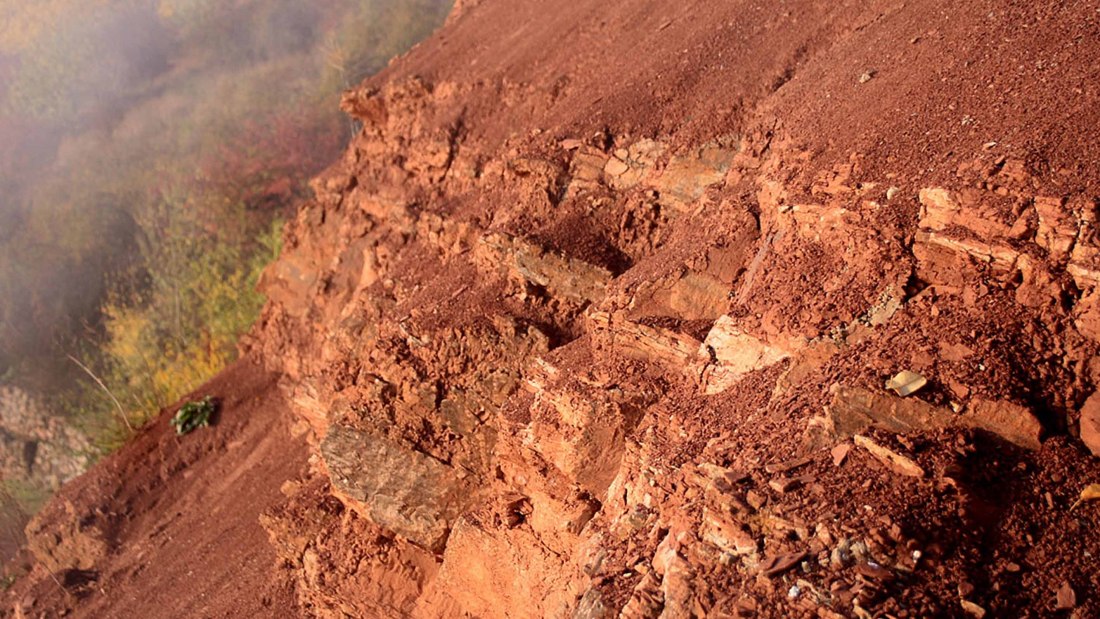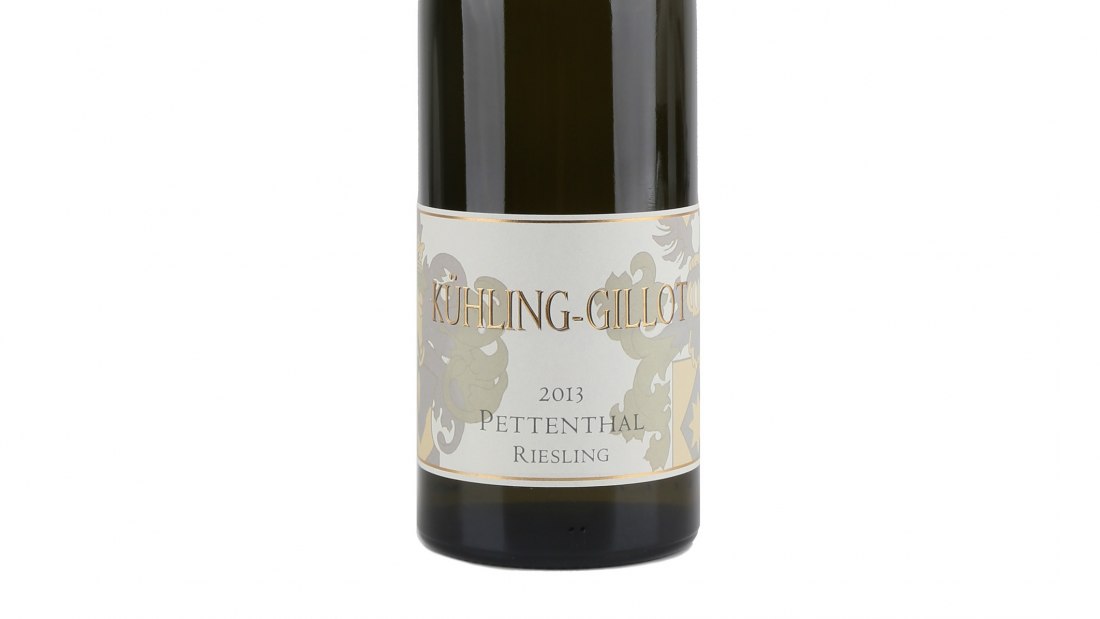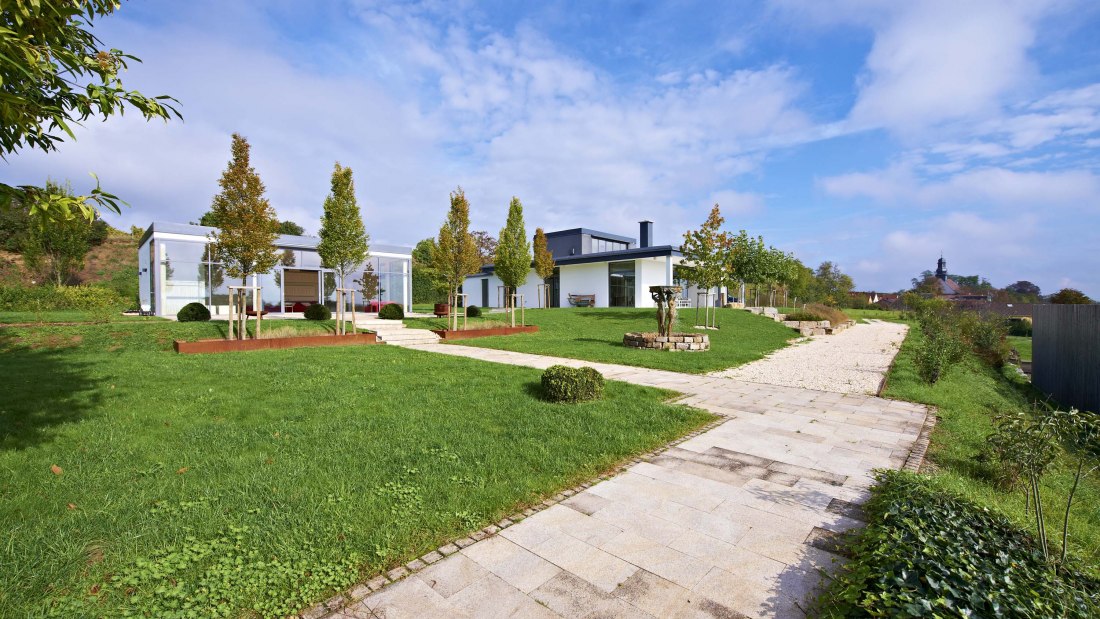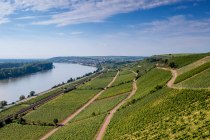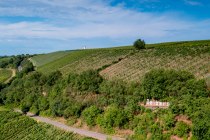Winery Carolin Spanier-Gillot & HO Spanier
Winery Kühling Gillot
The history of our winery can be started 35 million years ago, when the primeval sea covered today's Mainz basin. It is also possible to start our story more than 200 years ago when our family settled on the Red Slope and began to grow wine. And finally, you can start the history of our winery in 2006. Because despite the primeval sea and primeval soil and long family tradition, we have developed radically in recent years. A metamorphosis.
Organic farming, biodynamic elements, natural fermentation, long yeast storage and large wooden barrels are just some of the highlights of our transformation. Meanwhile, we belong to the best and most recognized wineries in Germany. But more important to us is that we recognize ourselves and our soils in our wines. Authenticity is our compass.
Above all, we are happy to host you. In the cozy-relaxing atmosphere of our wine shop, people should feel at wine tasting and events.
Battenfeld-Spanier
BattenfeldSpanier is located in Hohen-Sülzen in the southern Wonnegau of Rheinhessen. There, the best vineyards are criss-crossed by mighty subterranean limestone beds, from which the vines can suck the important nutrients with their roots during the warm summer months. It is this "lime buffer" that adds a tremendous amount of tension and vibration to the wines of Battenfeld-Spanier. For HO Spanier, the Riesling is like the ideal interpreter who translates the extremely lime-rich soils of southern Wonnegaus into wine. And that is what interests him: the spectrum of aromas of the stones and the soil, located beyond the perishable fruit. Dancing minerals. Saline origin character. Feuerstein.
On the estates German, English and French are spoken.




